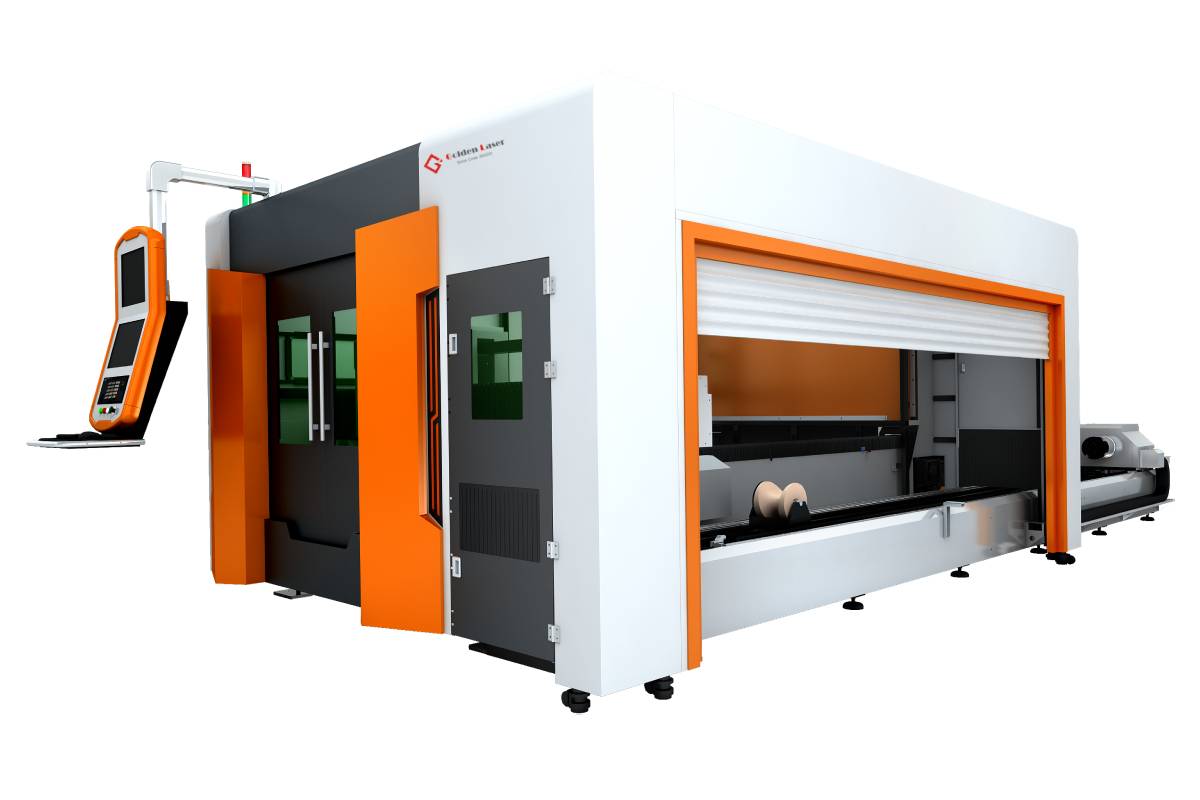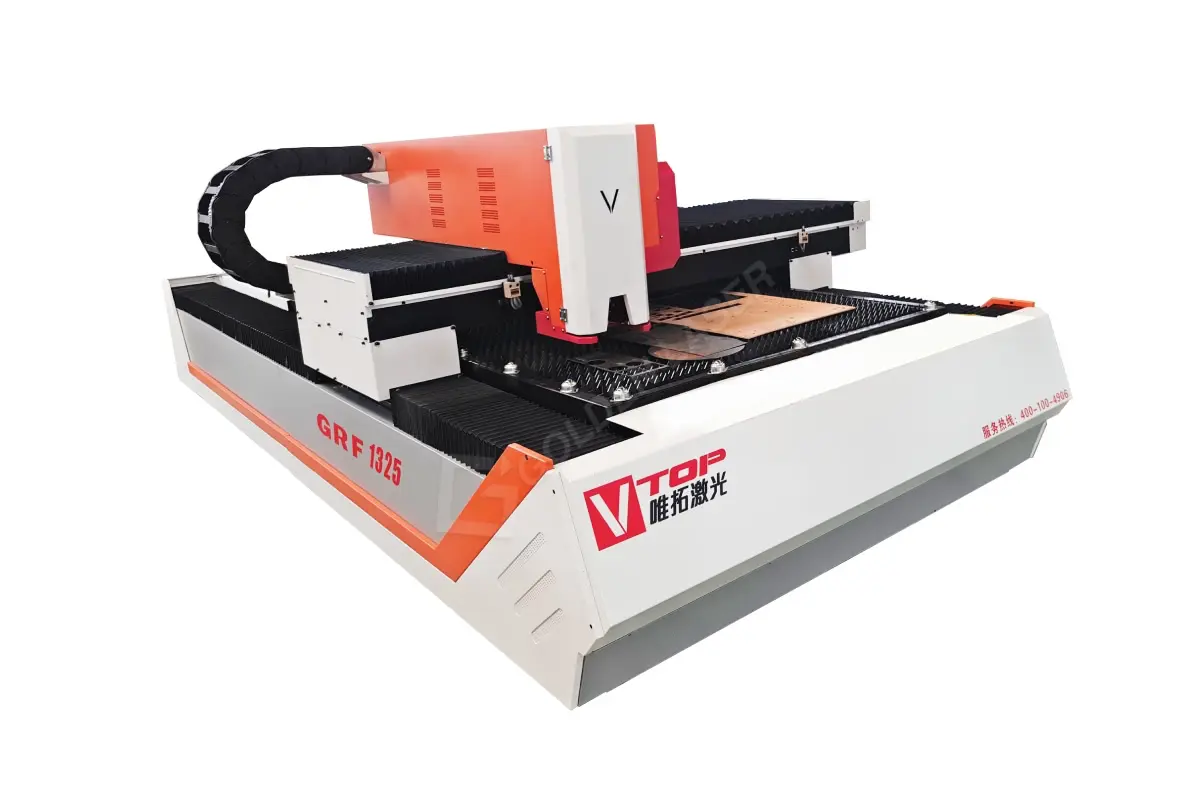****

Exploring the Advantages and Applications of Laser Cutting Machine Metal Technology in Modern Manufacturing and Design
In the ever-evolving landscape of modern manufacturing and design, laser cutting technology has emerged as a game-changer, particularly when it comes to working with metal. The precision, efficiency, and versatility offered by laser cutting machines have transformed traditional fabrication processes, making it easier for industries to produce high-quality metal parts and components. This article delves into the key features of laser cutting machine metal technology, its advantages, and its diverse applications across various sectors.
Understanding Laser Cutting Technology
Laser cutting is a process that uses focused laser beams to cut through materials with high precision. The term “laser” stands for Light Amplification by Stimulated Emission of Radiation. In a laser cutting machine, light is generated, concentrated, and directed toward the material being cut, which causes the material to melt, burn, or vaporize, effectively creating a clean cut.

Exploring the Advantages and Applications of Laser Cutting Machine Metal Technology in Modern Manufacturing and Design
When it comes to metal cutting, the technology employs different types of lasers, such as CO2 and fiber lasers, each serving specific purposes. CO2 lasers are excellent for cutting thick materials, while fiber lasers are known for their efficiency and effectiveness in cutting thinner materials at high speeds.
Advantages of Laser Cutting Machine Metal
1. **Precision and Accuracy**:
One of the standout features of laser cutting machines is their ability to deliver incredibly precise cuts with minimal kerf width. This precision means that fabricators can create intricate designs and maintain tight tolerances, which is particularly crucial in industries like aerospace and automotive manufacturing.
2. **Versatility**:
Laser cutting technology is compatible with a wide range of metals, including stainless steel, aluminum, brass, and copper. This versatility enables manufacturers to tackle various projects with different material requirements without the need for additional cutting tools.
3. **Speed and Efficiency**:
Laser cutting machines operate at high speeds, significantly reducing production times compared to traditional cutting methods. With the ability to cut multiple pieces from a single sheet of metal in one go, these machines optimize material usage and minimize waste, contributing to lower overall production costs.
4. **Minimal Heat Affected Zone**:
Laser cutting produces a smaller heat-affected zone (HAZ) compared to other cutting methods, reducing the risk of warping or damaging the material. This feature is particularly advantageous when working with thin metals or complex shapes that require fine details.

Exploring the Advantages and Applications of Laser Cutting Machine Metal Technology in Modern Manufacturing and Design
5. **Automation and Integration**:
Modern laser cutting machines can be easily integrated into automated production lines. Advanced software allows for the seamless input of designs and specifications, enabling manufacturers to streamline their workflows and improve overall efficiency.
6. **Cost-Effective**:
While the initial investment in a laser cutting machine may be higher than other cutting methods, the long-term benefits often outweigh the costs. Improved efficiency, reduced material waste, and higher-quality outputs contribute to significant savings over time.
Applications of Laser Cutting Machine Metal
The applications of laser cutting technology in the metal industry are vast and varied, impacting numerous sectors:
1. **Aerospace**:
The aerospace industry relies heavily on precision components made from lightweight metals. Laser cutting allows for the creation of complex geometries that are essential for aircraft designs, contributing to performance and safety.
2. **Automotive**:
In automotive manufacturing, laser cutting machines are used to create intricate parts, such as brackets, frames, and body panels. The precision offered by laser cutting significantly enhances the overall quality and durability of vehicle components.
3. **Construction**:
The construction sector utilizes laser cutting for fabricating structural components. The ability to cut large sheets of metal with precision is crucial for creating building infrastructure, such as beams and frames.
4. **Signage and Decorative Art**:
Laser cutting technology is increasingly popular in the creation of custom signage and decorative metal art. Creative professionals can take advantage of the machine’s precision to craft detailed designs that stand out in any environment.
5. **Electronics**:
The electronics industry uses laser cutting for manufacturing intricate components, such as housings and circuit boards. The precision cutting allows for the tight tolerances required in electronic assembly.
Conclusion
The laser cutting machine metal technology has revolutionized the way manufacturers approach metal fabrication. With its unparalleled precision, speed, and versatility, it has become an essential tool in various industries. As technology continues to advance, we can expect further innovations in laser cutting machinery, solidifying its place as a cornerstone of modern manufacturing. Embracing these machines not only enhances production capabilities but also opens up a world of creative possibilities for designers and engineers alike. China Supplier Laser Cutting Machine
